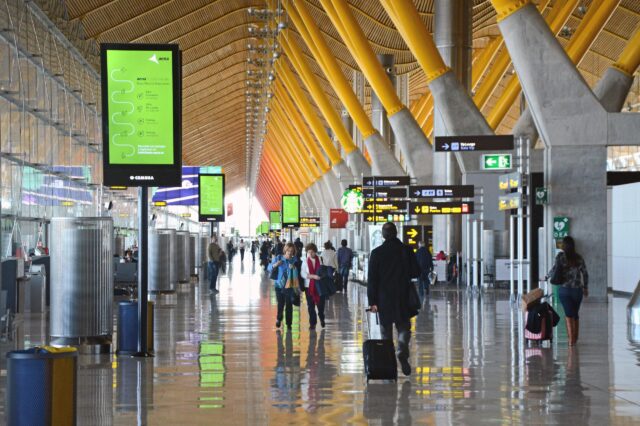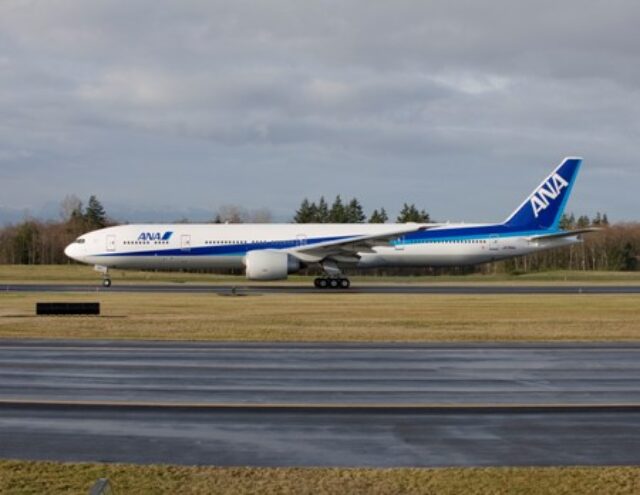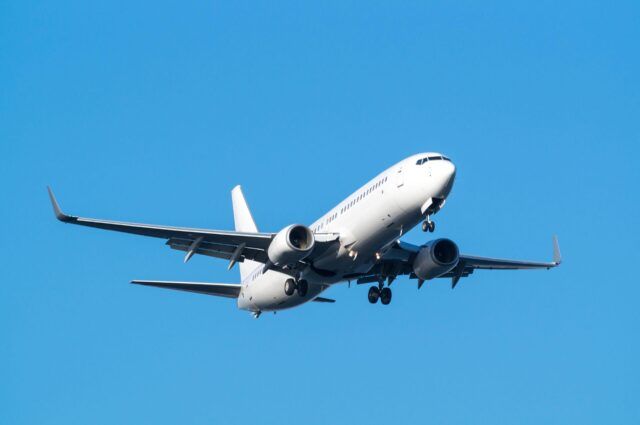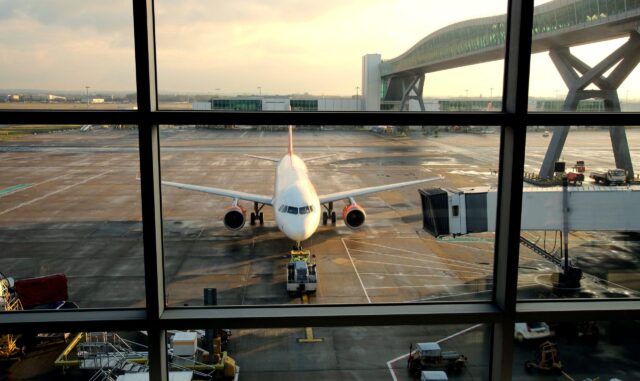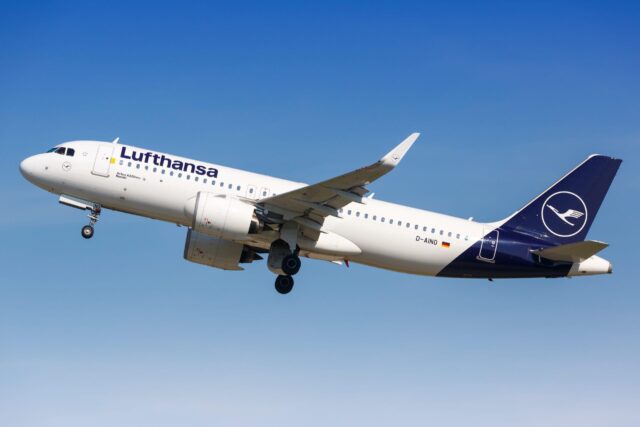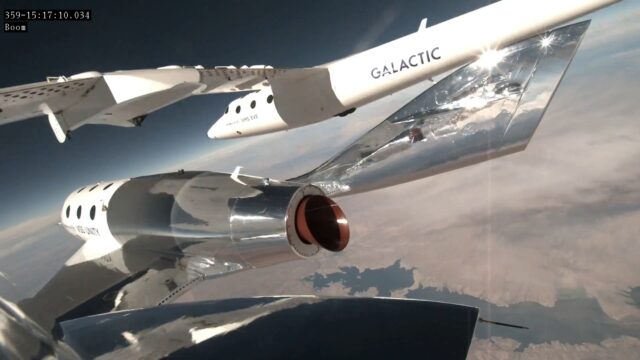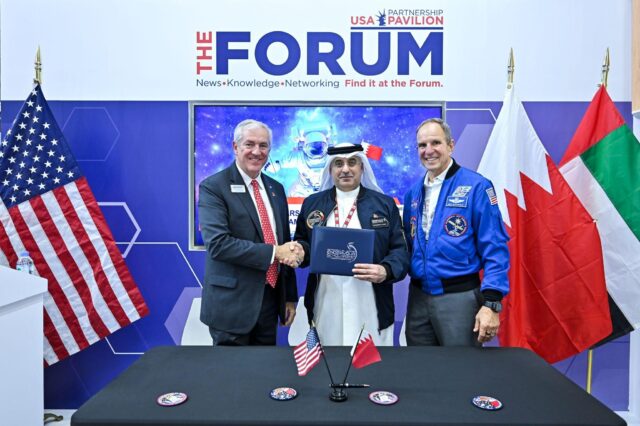Commercial services drive strong start to year as GE braces for tariff uncertainty
April 22, 2025

GE Aerospace has reported a “strong start” to 2025 with revenue soaring to $9.9 billion (up 11%) and a total operating profit up 38% – driven by double-digit growth in commercial services and equipment. However, despite the Defense and Propulsion Technologies (DPT) business segment also enjoying marginal growth, the aerospace giant is to invest $1 billion into domestic manufacturing this year as it keeps a wary eye on evolving tariff uncertainty.
Overall orders were up 12% during the first quarter of the year, with a profit up $2.1 billion driven by 38% contributions from both services and equipment segments; notably, with the former taking a 31% increase in orders and a 17% rise in revenue. As commercial aviation continues to command elevated demand, LEAP engine external shop visits grew over 60% within the quarter, with GE confirming that internal shop visit slots are full “with a healthy pipeline of engines which have been removed but not yet inducted into [its] shops”.
“LEAP remains an important growth area, with the fleet expected to more than double by the end of the decade,” explained GE Aerospace CEO Lary Culp, who added that all LEAP engine shipments to Airbus now include the durability kit upgrade approved last December. As part of this package to improve the engine’s time on wing, upgraded HPT turbine blades bring “critical additional benefits that will support achieving the 15% to 20% growth in LEAP deliveries we expect in 2025,” he added.
However, overall engine units shipped were down 6% in the quarter (notably, with LEAP shipments down 13%); something GE attributed to the “the slower start to material inputs in January and the lead times to complete new engines”. Whilst confident this output will accelerate in the second quarter, Culp nevertheless added that “spare parts delinquency continues to increase, unfortunately, up over two times year over year”.
Nevertheless, Chief Financial Officer Rahul Guy stated that GE’s first quarter “exceeded expectations, given stronger spare parts sales and services mix, which should continue” – with elevated growth expected in Q2 to be primarily driven by services. “We have a robust backlog supporting our growth for several year,” he added
However, amid ongoing global uncertainty surrounding tariffs, GE Aerospace’s full year 2025 guidance (predicting low single digit growth versus prior growth of mid-single digits) has now been revised. “It’s easy to overlook the $75 billion trade surplus the sector enjoys largely on the back of this tariff free regime that we’ve had since 1979,” quipped Culp, who nevertheless added that GE was leveraging options such as duty drawbacks and expanded foreign trade zones. These, he said, would help reduce tariff costs to roughly $500 million.
Although Guy stated his confidence that it could take up to four quarters for reduced spare parts and engine sales to really impact activities – such as potentially “delayed” shipments to China – he confirmed that GE was preparing for tariffs that could persist through year end. Culp concluded that GE is “watching demand closely and operating from a position of strength”.
However, perhaps in preparation for lengthy tariff impacts, Culp reasserted that “GE Aerospace supports efforts to revitalise domestic manufacturing” – including investing $1 billion in US manufacturing this year and hiring over 5,000 US workers. However, GE will “continue to advocate for an approach that re-establishes zero for zero tariffs in the aviation sector and ensures a level playing field for the US aerospace industry”.




